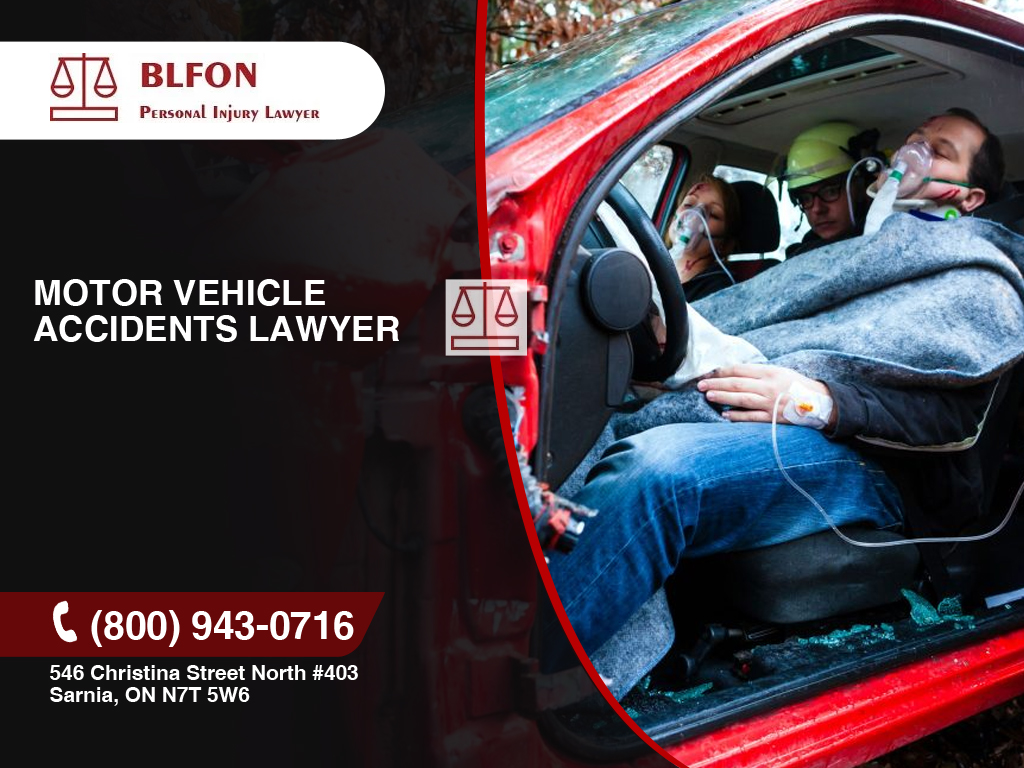After an accident has taken place, the party that becomes identified as the at-fault party must compensate the victim for his/her losses. That is why insurance companies focus on issues related to fault. The lawyers at a given insurance company undertake a thorough search for all of the potential at-fault parties.
Sometimes an insurance company might allege that its own policyholder should be charged with shared blame. If the same policyholder wanted to challenge that allegation, then he or she would need to initiate a lawsuit against the insurance company. Otherwise, the same policyholder would have to accept the reduced size of his or her compensation.

Negligence is the primary proof of fault.
A basic proof for a given party’s fault involves a presentation that points to the existence of 4 elements.
—The element of duty: The defendant, the allegedly responsible party had a duty to show a concern for the safety of the injured victim.
—The element of breach: The defendant’s action must have demonstrated a breaching of his or her recognized duty.
—The element of causation: The defendant’s action must have caused the injury that was suffered by the victim, the person that has filed a personal injury claim.
—The element of marked damages: The victim must have suffered marked damages, as a result of the defendant’s actions. A victim with a minor and inconsequential injury could not point to the other party’s negligence as the cause for his or her financial losses.
Most accident victims that want to verify their allegations, regarding the identity of the at-fault party, make a point of working with a lawyer, in order to demonstrate the existence of all 4 elements of negligence. Still, there are times when a victim’s allegation might be proven without demonstrating the existence of those 4 elements.
Alternative ways for proving fault
Show that the defendant carried out intentional conduct: Intentional conduct involves performance of a voluntary action. The defendant had carried out that intentional action for a purpose.
Show the existence of negligence per se: That type of negligence involves the performance of an unexcused violation of an established statute.
Show that the principle of strict liability should be applied, during any effort to identify the party at-fault: Whenever the principle of strict liability can be applied to a situation, there is no need to establish the defendant’s negligence. The court could agree to apply the principle of strict liability if the defendant had performed an abnormally dangerous act.
How could a lawyer’s familiarity with the ways for proving fault deliver a benefit to a claimant that had become the target of an adjuster’s allegations of shared blame?
First, lets study what sort of situation might push an adjuster to allege that a policyholder should be charged with shared blame. That sort of situation could develop, if the same policyholder had purchased an uninsured motorist option, and had later been rear-ended by an uninsured motorist.
In that situation, the policyholder would expect the insurance company to compensate him or her for the accident-linked losses. On the other hand the insurance company would want to minimize the size of any payout. Hence it might seek the names for additional at-fault parties.
Suppose that the rear-ended policyholder had been hit so hard that he could not prevent a collision with the automobile in front of him. Suppose, too that an occupant of that same auto had submitted a claim for a personal injury. The insurance company might allege that the driver of the hit vehicle, one of its own policyholders should be charged with shared blame.
This is an excellent example of a time when it pays for an accident victim to have a lawyer. A lawyer could challenge the insurance adjuster’s allegations. That challenge would be based on the absence of adequate proof.
An attorney would challenge the existence of the element of causation. How could it be proven that the driver had a duty to apply the brakes as hard as possible, after feeling the impact of the rear-end collision. How could it be proven that the absence of such an action had caused the claimant’s injury?
The insurance company could not claim that it had been a voluntary action. By the same token, it could not prove that the policyholder had committed an unexcused violation of a statute. Furthermore, it had no basis for claiming that the same policyholder had carried out an abnormally dangerous act.
In other words, the insurance adjuster had hoped to reduce the size of its payout by making a baseless charge. A claimant that had failed to hire a lawyer might feel pressured to go along with the adjuster’s claim, and, thus, accept a smaller compensation package.
An insurance company may deny your injury claim for a variety of reasons. One of the most common reasons is if they believe that you were at fault for the accident that caused your injuries. If the insurance company determines that you were partially or fully responsible for the accident, they may deny your claim.
Could a claimant hire an attorney after facing such a situation, or do claimants need to retain their lawyers before the settlement negotiations have started?
Claimants have a right to retain an attorney at any time. However, some do not want to share their compensation with a member of the legal community. By the same token, some claimants trust their insurance company to provide them with a fair deal.
In the mind of an insurance adjuster a fair deal for a certain policyholder might not seem like a fair deal for the adjuster’s employer, the insurer. Consequently, he or she would feel pressured to point a finger at the policyholder’s actions, and charge that same policyholder with shared blame.
For more information about how our injury lawyers can represent your injury claim and help you maximize the compensation, contact BLFON Personal Injury Lawyer in Sarnia today. Call us at (800) 943-0716.
